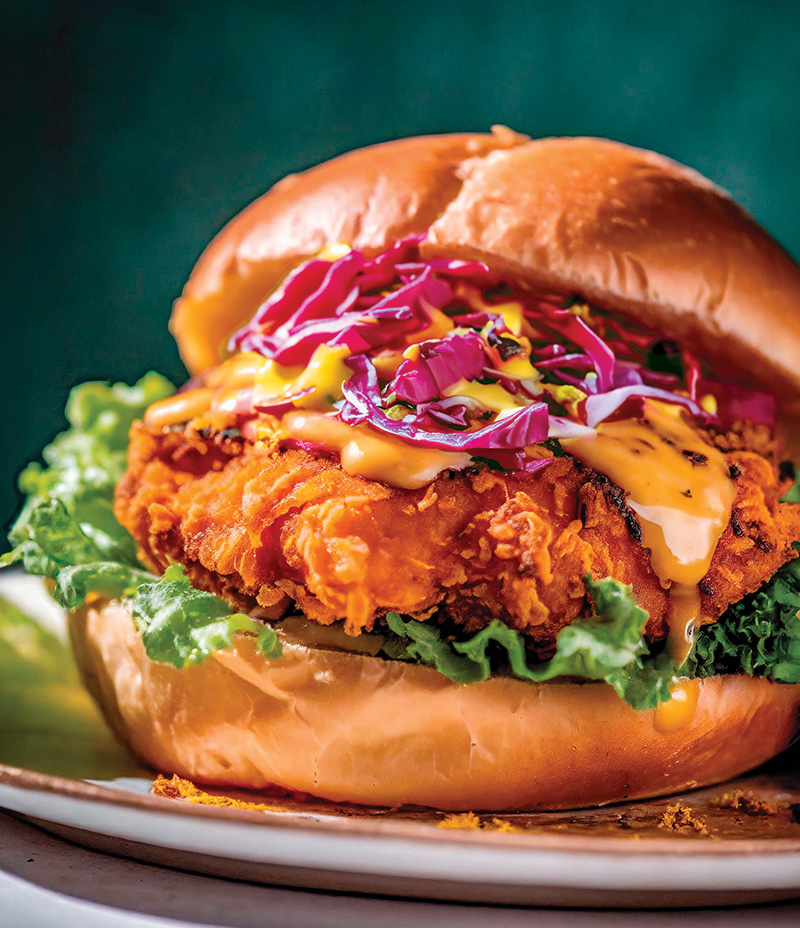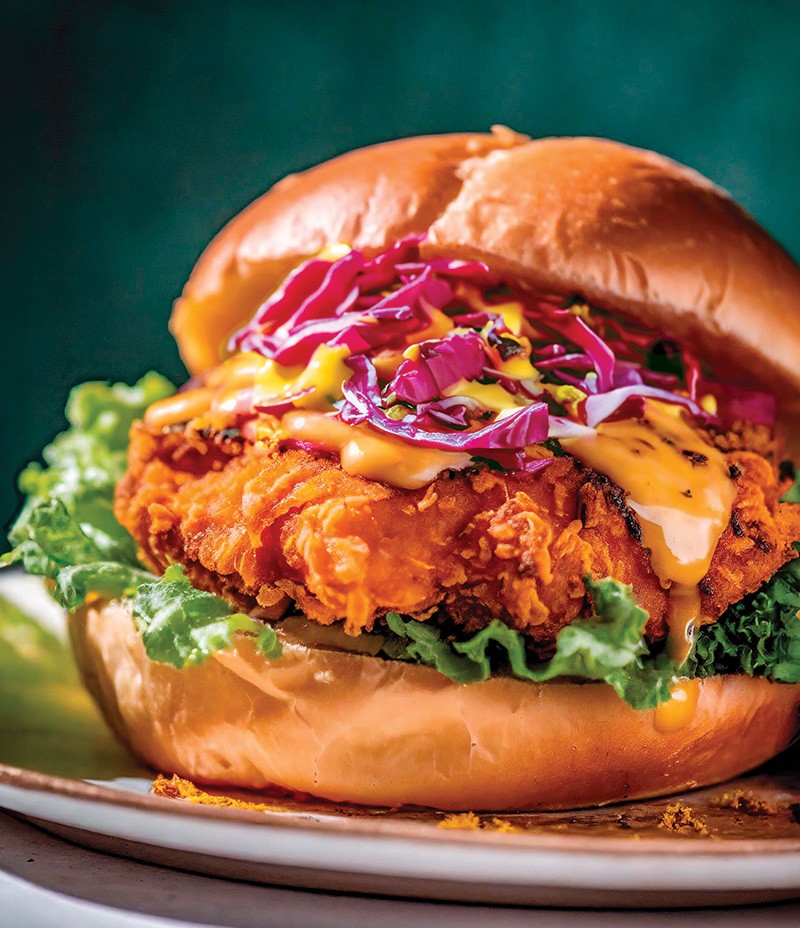AI-Generated Menus: How Restaurants Utilize GPTs for Recipe and Menu Development
Can Artificial Intelligence Create Crave-worthy Dishes?
Restaurants are in the infant stages of using artificial intelligence to develop menus. These early adopters are using Generative Pre-Trained Transformers (GPTs) such as ChatGPT, Gemini and Claude to create recipes for sample menus and limited time-only offerings.

Type a command into the GPT’s chat box, and it spits out a response. It’s easy but still a good amount of work.
Last summer, globally inspired Velvet Taco ran its first AI-generated menu item as a weekly taco feature known as WTF across all 45 locations. Strongly supported by marketing, including a billboard campaign, ChatGPTaco featured grilled steak, grilled shrimp, crispy potatoes, chimichurri, queso fresco, jalapeños, grilled onions and red chile aioli on a corn tortilla. It performed so well that it stayed on the menu for two weeks instead of the requisite one.

Venecia Willis, Velvet Taco's director of culinary, came up with the idea when she was using ChatGPT 4.0 for a work presentation. “I thought if it could write a presentation for me, why couldn't it create a recipe?” Her first query for ChatGPT to create a taco recipe was too broad and vague, and Willis says the results were not on brand.
“I knew I needed to specify more details in the rules that I wrote, so I went down the line of current ingredients that are offered in our tacos today, naming all of the tortilla options, all the protein options that we have.” She asked ChatGPT to create a taco with eight ingredients or less, using only in-house ingredients. “I ran it four times, and it spit out four different builds,” she says. After a taste test of the four options, the winning taco made it on the menu, and Willis says there might be more ChatGPTacos in the future.
 “It's definitely a tool in the toolbox,” she says. “If I'm feeling not as creative that month, it's something I can pull out and embrace that technology to come up with fun ideas that maybe I wouldn't have come up with myself.”
“It's definitely a tool in the toolbox,” she says. “If I'm feeling not as creative that month, it's something I can pull out and embrace that technology to come up with fun ideas that maybe I wouldn't have come up with myself.”
CEO Nikita Khandheria of Ditas Marin in Sausalito says that everything on her to-do list is in some way routed through GPT. She even coded her own GPT to sound and think more like her, which she even uses for strategy.
“I maybe work 16 hours a day and sleep for four or five hours a day because I'm still in school and running a restaurant,” she says. Khandheria says that her extensive use of GPTs saves her exponential time.

Khandheria relies on GPTs when she is pitching new concepts to landlords or hotels to create a framework menu. “I’ll use GPTs to figure out the basic menu and to show the concept to the chef and the landlord,” she says. “It can autogenerate combinations to create unique dishes based on an analysis of all the restaurants in the world.”
She then shares the menu framework with the chef who will oversee the restaurant, but allows them to use those guidelines to make the menu their own. “I'm a huge believer in letting chefs put their personal signature on the menu,” she says.

Independent restaurant chefs known for their creative menus didn’t want to go on record about whether they use GPTs to develop recipes. Users and nonusers alike, however, agree that GPT results are only as good as the experience and creativity of the user. AI is not intuitive like humans.
“AI can spit out a recipe in the style of José Andrés, Rene Redzepi or Dominique Crenn, but it doesn’t taste, feel or sense ingredients, so it will never be great on its own. It needs human creativity,” one chef says.
How to Best Use a Generative Pre-trained Transformer for Menu Development
Defined as generative AI, GPTs are chats that prompt the user to input a query. They’re trained on vast amounts of data scraped off the internet, however, not in real time. For example, the most recent version of ChatGPT is from April 2023. Advances and updates, however, are expected.
Here are a few of her tips for how to get started using AI to assist with menu development.
Give good commands
For example, I want to open a restaurant that is $2 more expensive than all my neighbors. Here are some samples of their menus. These are dishes that are successful elsewhere. Using this understanding of the palate of the customer, please develop a fish dish, and I want my food cost to be 20%.
Don't be generic
Refrain from asking for an entire menu at once. It's better to go one dish at a time and provide as much context and information as possible.
Have a conversation
Understand that ChatGPT is a conversational platform. It's not a one and done. Put in a prompt and play around with the output for an extended period. You don't just put something in and immediately get the answer you want.
Specify the desired food cost
Chefs say the best part of ChatGPT is that it helps with costing a percentage using a price set that you input.



